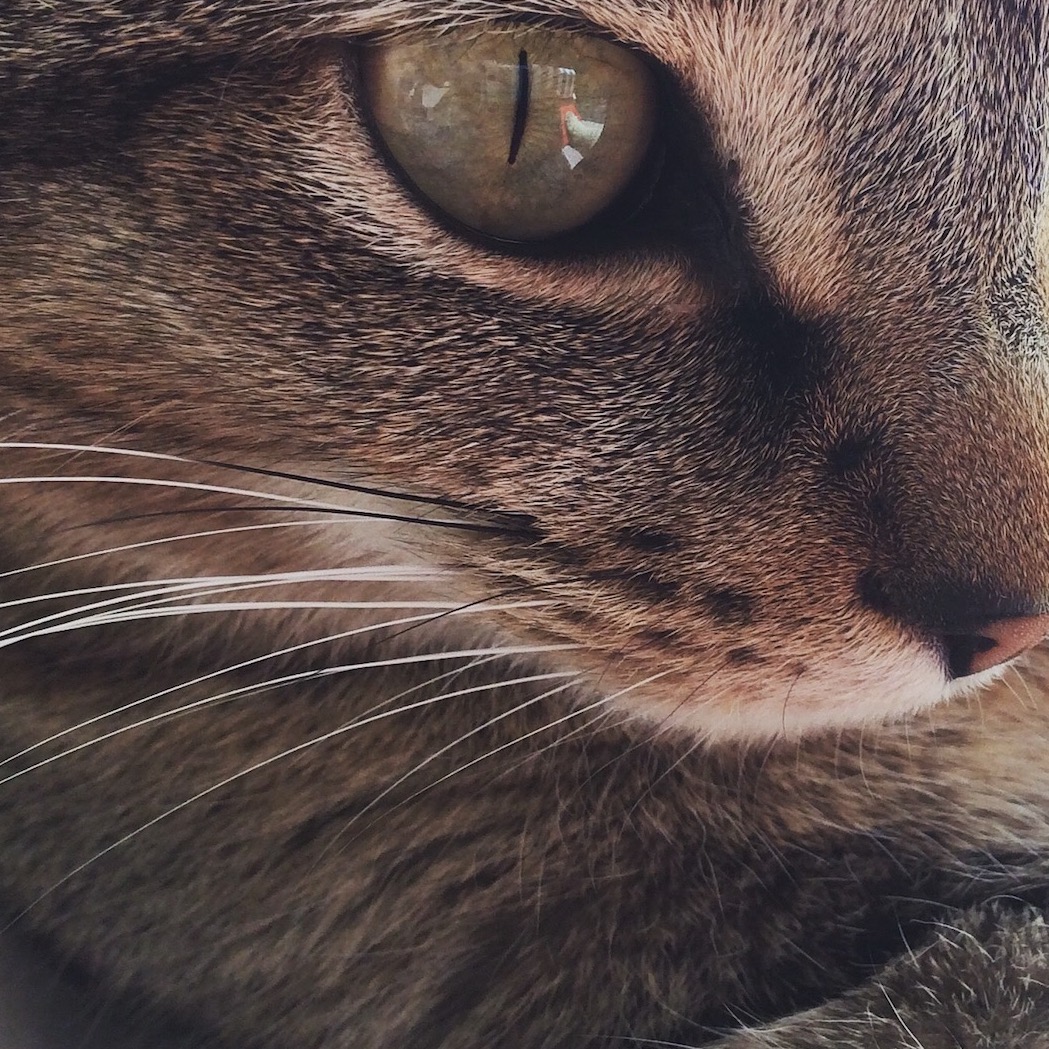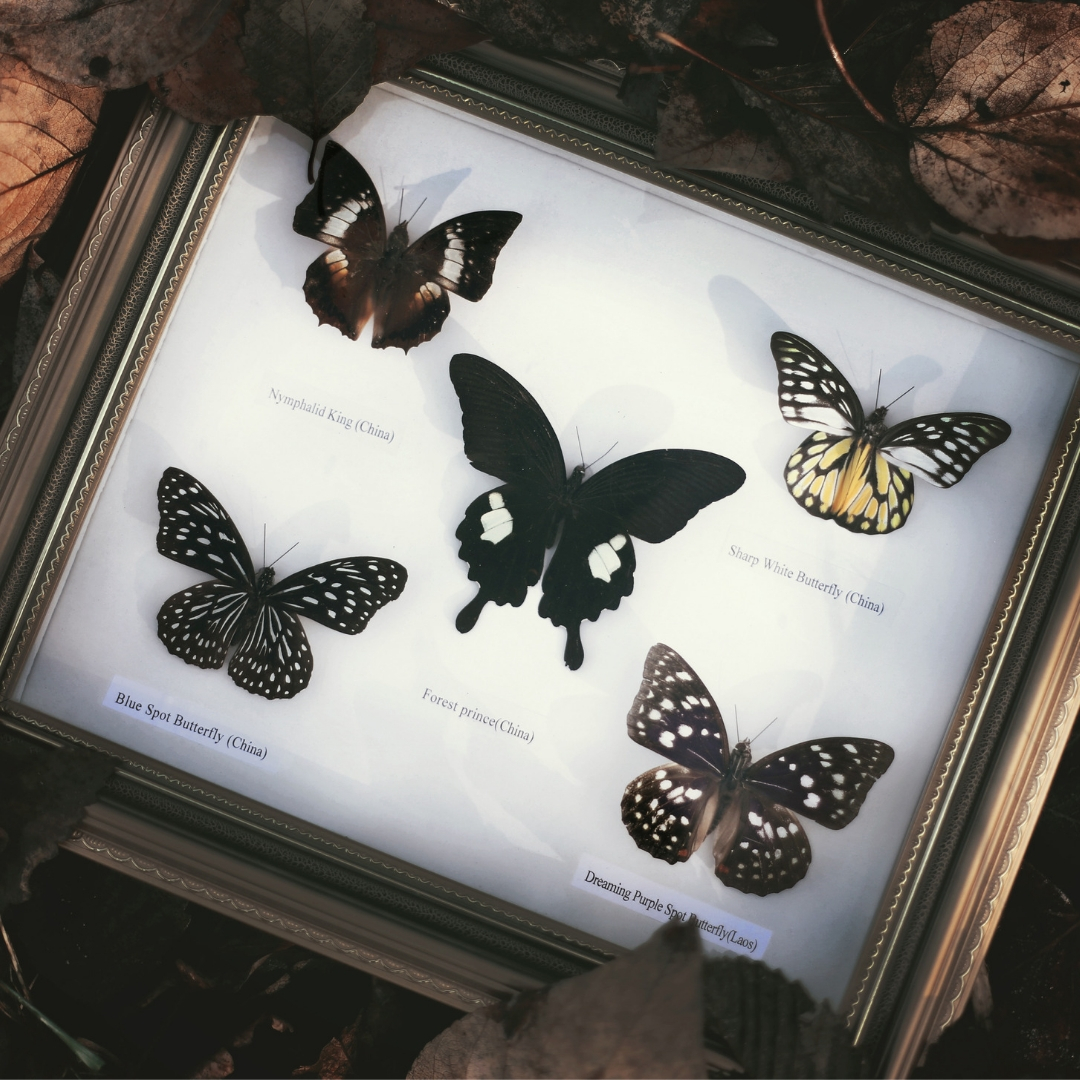Butterfly Nets and World Wanderers: Adventures with Victorian Ladies
Historical fiction is a favorite genre of mine for many reasons. One of them is the attention to historical detail that the authors so often insist upon. Deanna Raybourn is no exception. Having double majored in English and History, Deanna fills her novels not only with superb writing, but the richness of obscure, interesting history.
Before I read A Curious Beginning- the first in the Veronica Speedwell series- I had never come across the term lepidopterist. I knew that Lepidotera was the scientific order in which butterflies are classified, but I was unaware that anyone who collected and studied butterfly specimens was called a lepidopterist.
What I did not know is that Veronica Speedwell’s character is loosely based upon a real life Victorian lepidopterist: Margaret Fountaine. During the Victoria era, there were quite a few female explorers, and their lives are vastly interesting. One of those Victorian lady explorers was Margaret Fountaine. As luck would have it, Margaret’s life and accomplishments have been persevered via the journals she painstakingly kept and donated to the Castle Museum at Norwich, England. Upon her death, Fountaine’s extensive collection of butterflies (over 22,000 specimens) as well as her journals were bequeathed to the museum. But, while the collection could be displayed and studied immediately, a caveat accompanied the journals in their sealed black japanned trunk. They were not to be opened until forty years after her death.
Being men of honor, the scholars at Castle Museum heeded Margaret’s wishes and set aside her journals. In fact, when the forty year mark passed, they had all but forgotten them. No doubt they anticipated finding dry scientific journals recounting in detail the manner of how she amassed her butterfly collection. However, when they did finally open that black box and crack the spines of her journals, what they discovered was anything but dull.
Margaret Fountaine’s journal are now legendary. They are a faithful and engaging recounting of her many international adventures. Her love for butterflies and the climes she explored in her quest to capture and cultivate them are fascinating. And, given the cultural strictures of the time, it is interesting to read Margaret’s ever evolving thoughts and observations of the different people, landscapes, and ideas she encountered on her journeys.
My grandmother- who was a sergeant in the Marines during World War II and a world traveler of her own- would have referred to Margaret as quite the character, and Nana would be correct. Margaret traveled all throughout Europe, organizing expeditions from Nice and Paris and Vienna through the mountains and forests into Austro-Hungary and on to the Romanian border, hunting and collecting butterflies from all these regions. She saw every major city in Europe and explored further afield to remote locales in the hopes she might discover an as yet unnamed butterfly, to which she would give the name Hurleyensis to honor her childhood nurse, Hurley.
Europe could not satisfy Margaret’s wanderlust. With her companion and later lover, Khalil, she traveled from Greece to the Middle East. She chased butterflies by the Sea of Galilee and shopped in Arabian bazaars. She saw the Great Khan in Damascus, walked the streets of Jerusalem, and ate with Bedouins.
And even after the wonders of Constantinople and Syria, it was still not enough to slake Margaret’s sense of adventure. She sailed to the new world where the East Indies were visited as well as South and Central America.
While it would be wonderful to say that her journals are remembered for all these recountings- which are spectacular!-, I think it is for a far more salacious reason. You see, while Margaret was collecting butterflies, she was also collecting lovers, of whom she wrote honestly in her matter of fact prose.
Veronica Speedwell is very like Margaret. She has traveled extensively. Even by today’s standards, she is worldly urbane. Furthermore, she’s made a mark on her profession by publishing numerous scientific, lepidopterological papers. This may not sound like much, but in Victorian England, it was not a customary thing for a woman to be accepted in the scientific community much less published. And, along with butterflies, she has collected her fair amount of lovers as well.
Deanna Raybourn even correlates little facts, such as how both women dealt with fevers. Margaret Fountaine contracted rheumatic fever several times throughout her life. Veronica Speedwell deals with malaria fevers that take her at the most inopportune times. Both ladies swear- frequently. And, most importantly, they are avid lepidopterists. I can truly imagine Veronica meeting her end mid-quest for a specimen with a butterfly net in hand. That is, after all, how Margaret Fountaine died- mid-hunt with net in hand.
I suppose the one thing that links Margaret and Veronica indelibly is their intrepid spirit. They are women who do not shudder at a challenge, nor do they balk at danger. While the dangers Veronica encounters are of a more life-threatening sort, Margaret’s adventures were had during a time when many men would not embark on them, let alone women. They are outliers; they are pioneers. They are both women that can be looked up to and applauded. Their transparency and honesty are a breath of fresh air, and even when we see their faults and foibles on display, the fact that they do not hide those either endears them to us even more. Would that we could all be more like these women- intrepid, courageous, transparent, and honest to all, including ourselves. That’s how to live a truly fearless life.
Margaret’s journals have not been published in their entirety, but there have been a few books written about her. I’m currently reading Love Among the Butterflies: The Travels and Adventures of a Victorian Lady. It is a synapsis of a few of her journals, edited by W. F. Cater. In 1987, a sequel was published titled Butterflies and Late Love: The Further Travels and Adventures of a Victorian Lady. I have not read that one yet, but it does promise to be quite interesting. And, if you’re looking for a biography, there is Natascha Scott-Stokes’ Wild and Fearless: The Life of Margaret Fountaine.
And while Margaret Fountaine never did get to name her butterfly, Deanna Raybourn got the pleasure of creating one of her own for Veronica Speedwell. The Greta Oto is the scientific name of the Glasswing butterfly, a real butterfly that can be found through the region of Central and South America. However, Deanna Raybourn dabbled with her own binomial nomenclature to create the oleria romilleria, a specific genus and species of the glasswing butterfly that is extremely rare. In fact, Veronica who is well versed in all lepidoteral knowledge had considered them extinct until Stoker’s brother, Tiberius informed her that there were still a few fluttering around, secreted away on Maddern’s Isle off the coast of Cornwall. And, as luck would have it, Tiberius is on first names with Malcolm Romilly, ancestor of Euphrosyne Romilly, one of England’s greatest lepidopterists and for whom the Glasswing was named. Even more upsetting to Stoker, his brother has secured a promise from Romilly that Veronica can take some of these coveted larvae to nurture in her vivarium.
If you want to read all about Veronica and the oleria romilleria, then you can enter for a chance to win a author signed copy of A Dangerous Collaboration for your very own. Simply click the button below and follow the directions to enter. And good luck, dear readers!

















